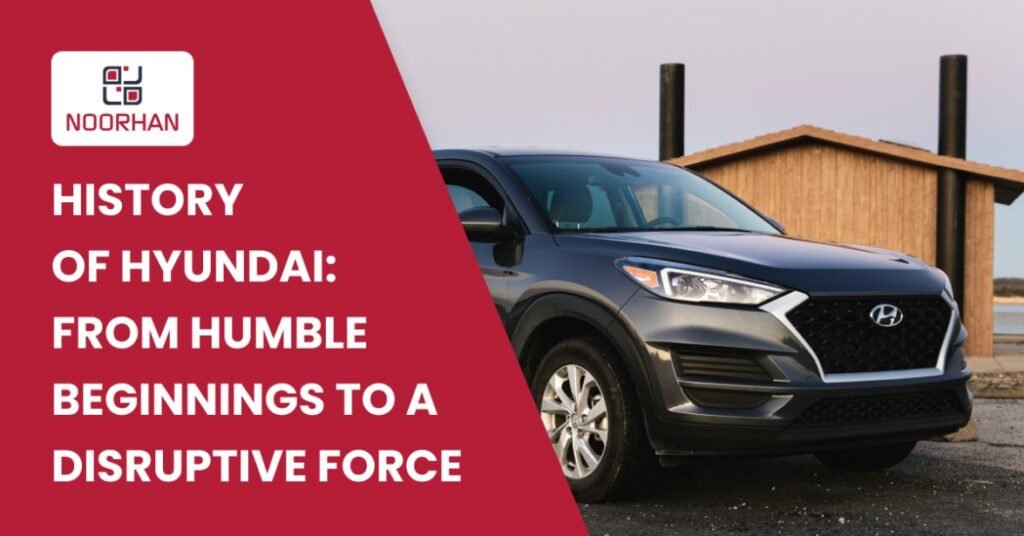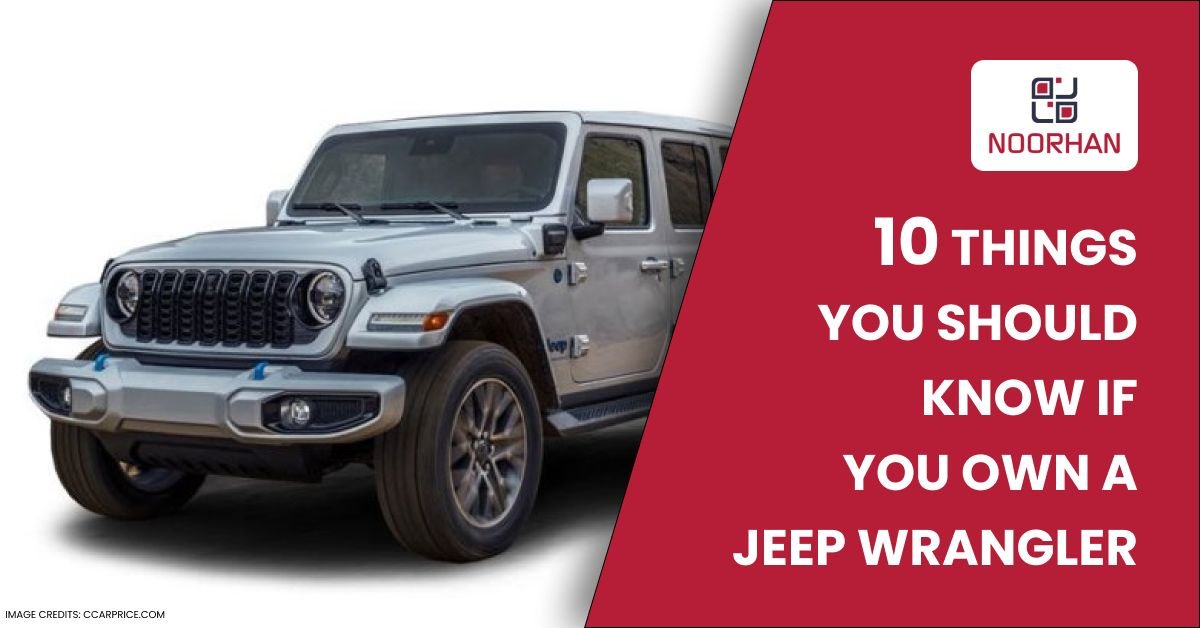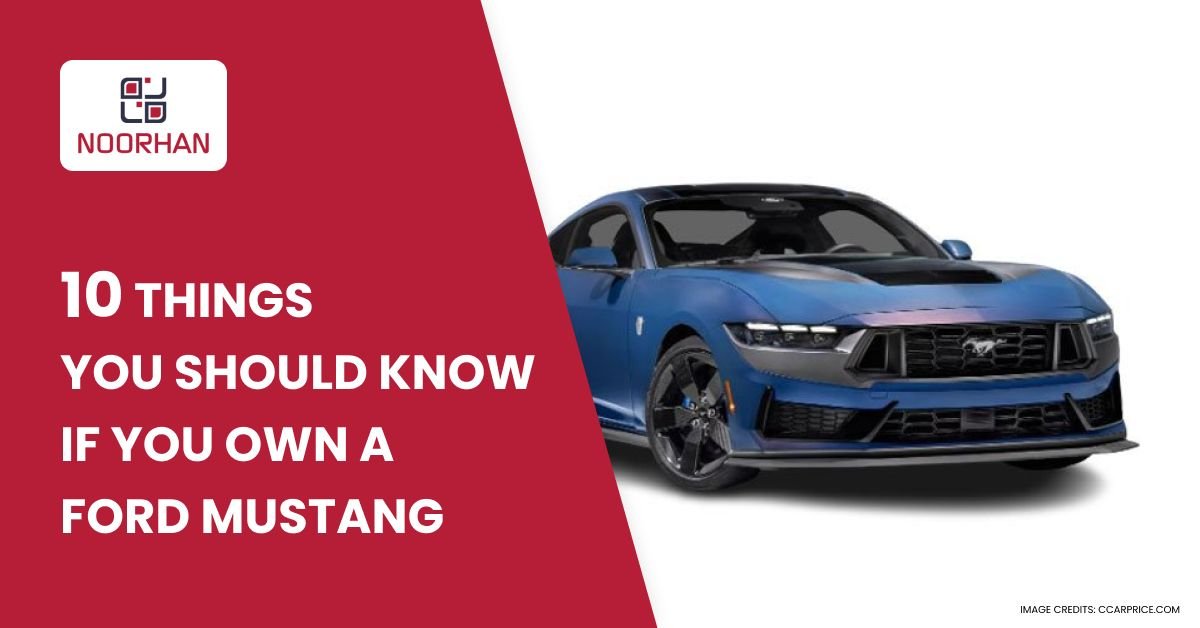History of Hyundai: From Humble Beginnings to a Disruptive Force
Hyundai is one of the most common cars in the UAE market. If you didn’t know, then let us tell you that Hyundai is also one of the largest global automakers with a strong presence in 193 countries.
About two decades ago, we bet you rarely saw anyone driving a Hyundai on Dubai roads. It was a foreign and unknown brand that people were sceptical of.
But if we talk about today, Hyundai is hands down the favourite and preferred car brand for most car enthusiasts in the UAE. No matter your lifestyle or your budget, there’s a Hyundai car that will fit your needs.
However, Hyundai didn’t earn this reputation overnight. There’s a lot of history that goes into it and many factors came into play. It has made a name for itself alongside major automakers with the likes of Toyota and Honda. In this blog, we will have a closer look at Hyundai’s history and what it did right to become the big brand that it is today.
Who Was Chung Ju-Yung?
The eldest son of an impoverished farming family in North Korea, Chung Ju-Yung founded the Hyundai Group and was committed to realizing his aspirations. Chung developed an interest in being very skilled at designing and maintaining automobiles after having difficulty making ends meet until the liberation of Korea during World War 2. He started providing his skills to US military personnel stationed in Korea and used the money he made to fund other building and engineering endeavours.
As an entrepreneur, Chung built strong, long-lasting companies all over Korea, contributing significantly to the development of that nation into a global powerhouse. Hyundai Motor Co. was founded with the sole purpose of expanding its presence in the automobile industry.
Early Years and Hyundai’s Entry into the Automobile Industry
In 1940, Chung bought a car repair shop with help from a friend and started a trucking business. It grew into a big construction company during the end of Japan’s rule. The team went from 20 to 70 people, and Chung earned good money. In 1943, due to the war, the Japanese made the garage join a steel plant. They took control, but Chung had saved enough money. After World War II ended in 1945, Chung made connections with the U.S. military and got contracts from them and the government of Syngman Rhee.
Later, in 1946, Chung founded Hyundai, which means “modern” in Korean, as an engineering and construction firm. Hyundai got a boost from U.S. military contracts during the Korean War. But it took off after General Park Chung-hee took charge in 1961, pushing South Korea to industrialize quickly.
The Hyundai Motor Company was founded in 1967. The next year saw the completion of the company’s Ulsan assembly factory. It is presently the largest integrated automotive manufacturing complex in the world and can produce 1.6 million cars annually. Hyundai Motor Group’s global fleet of vessels, managed by Hyundai Glovis, and own steel affiliate allow it to have total control over the whole value chain.
Hyundai presently leads the domestic Korean auto industry and exports cars to 190 countries. The brand Hyundai is well-known in the Philippines. Some of the well-known Hyundai models sold in the Philippines are the Accent, Tucson, and Starex, with the Starex being the brand’s best-selling model in the country.
Hyundai Achievements Through The Decades
Hyundai has demonstrated that perseverance pays off; despite significant obstacles that threatened the company’s demise, it persisted in innovating and adjusting to the changes brought about by rapidly advancing technology. These key moments that influenced Hyundai’s success are listed below.
1960s – 1980s – The origin
Ford and Hyundai collaborated to build the Cortina at the Ulsan site in 1968, breaking the record for the fastest time from concept to full production at a Ford facility. In response to the Cortina’s success in Europe, Hyundai introduced the Giorgio Giugiaro-designed Pony, powered by Mitsubishi, in 1975. The Pony, also known as “kukmincha,” or “car for the people,” was South Korea’s first mass-produced vehicle when it was on display at the Turin Motor Show in 1974. Hyundai began exporting the Pony to other countries in 1985, and in 1986 it brought the Pony Excel to the US market. Notwithstanding problems with emissions in the United States, Pony sales fared better than anticipated; by 1985, it was Canada’s most popular car, having sold one million vehicles in just ten years after it made its debut.
1980s – 1990s – The era of global expansion
In the 1980s, Hyundai expanded globally, entering the UK market with the Pony in 1982. The Stellar midsize sedan debuted in 1983, followed by vehicles like the Presto and Sporty. In 1986, Hyundai introduced the Grace minivan with a groundbreaking turbo diesel engine. The Pony Excel, Hyundai’s first US model, became a hit in 1986, selling over 168,000 units in its debut year. The H100 pickup (1987) and midsize Sonata (1988) furthered Hyundai’s success. In 1990, the Elantra was introduced and Hyundai began vehicle production using its technologies. The 1990s saw Hyundai test electric and hybrid vehicles, including the Sonata Electric Vehicle prototype (1991) and the FGV-1 hybrid (1995). Hyundai achieved technological independence in 1991 with its transmission and Alpha engine. The company expanded its global presence with an R&D facility in Germany (1994) and a production facility in Turkey (1997). Hyundai Motor India Limited was established in 1996, reinforcing Hyundai’s reputation for dependable vehicles. In 1998, Chung Mong Koo assumed leadership, focusing on product quality. Despite past challenges, Hyundai persevered, rebuilding its reputation over time.
2000s
Hyundai made a strategic change to strengthen its position as a top brand. The Hyundai Motor Group made large investments, mostly in Europe, in long-term production, quality assurance, and research. With the help of a strong marketing campaign that included a 10-year warranty for cars bought in the United States, Hyundai shot up to the top 10 automakers in the world in 2000. Hyundai successfully entered the SUV market that same year with the launch of the Santa Fe, which went on to become a best-seller. More than a million cars had been produced by 2003, with $10 billion in exports. Notably, Hyundai’s ongoing success in Europe can be attributed to the 2008 founding of the state-of-the-art Hyundai Motor Manufacturing Czech.
Where Does Hyundai Stand Today?
Hyundai is presently known as one of the fastest-growing brands in the world. They have particular research and manufacturing facilities in Europe, Asia, and North America. And get this: they manufacture their autos in five major countries! Ulsan is the largest car production facility in the world. Every year, they can produce 1.6 million automobiles. That is a lot of cars!
Hyundai employs more than 75,000 workers. And guess what? They offer their vehicles in around 6,000 locations in nearly 200 countries. Isn’t it cool?
Even more impressive is Hyundai’s ability to make a statement that few other automakers can match. Hyundai is the manufacturer of every component in their vehicles. They seem to handle everything by themselves! They’re also really skilled at it.
The fact is, they are not slowing down in the slightest. They have discussed their innovative concepts for their cars at major car conferences. With everything new, just picture yourself operating a car! It sounds like a lot of fun.
Oh, and Hyundai won honours for exceptional customer service in South Africa. That would be like receiving gold stars for outstanding work. Thus, Hyundai appears to be a rather reliable option if you’re considering purchasing a car.
Conclusion
Every success story has a cliché that “big things come from modest beginnings.” The proverb is true since advancing in one’s career is necessary for success. Progress is shaped by history; it is not accidental. Hyundai is just one of several companies across the globe that have worked hard and believed in achieving their objectives.
In the automobile business, Hyundai has currently positioned itself as the leader in terms of future mobility. This is exemplified by the company’s “Progress” marketing campaign, which uses the slogan “Next Awaits” to highlight how Hyundai’s 50-year history produced the progressive mindset that allows it to grow and meet new challenges.
Thanks to its forward-thinking mindset, Hyundai is one of the leaders in the field of future mobility. More than other automakers, the brand invested heavily in hydrogen-powered fuel cells, electrified vehicles, and low-emission gasoline engines to address the challenges posed by climate change.



























































